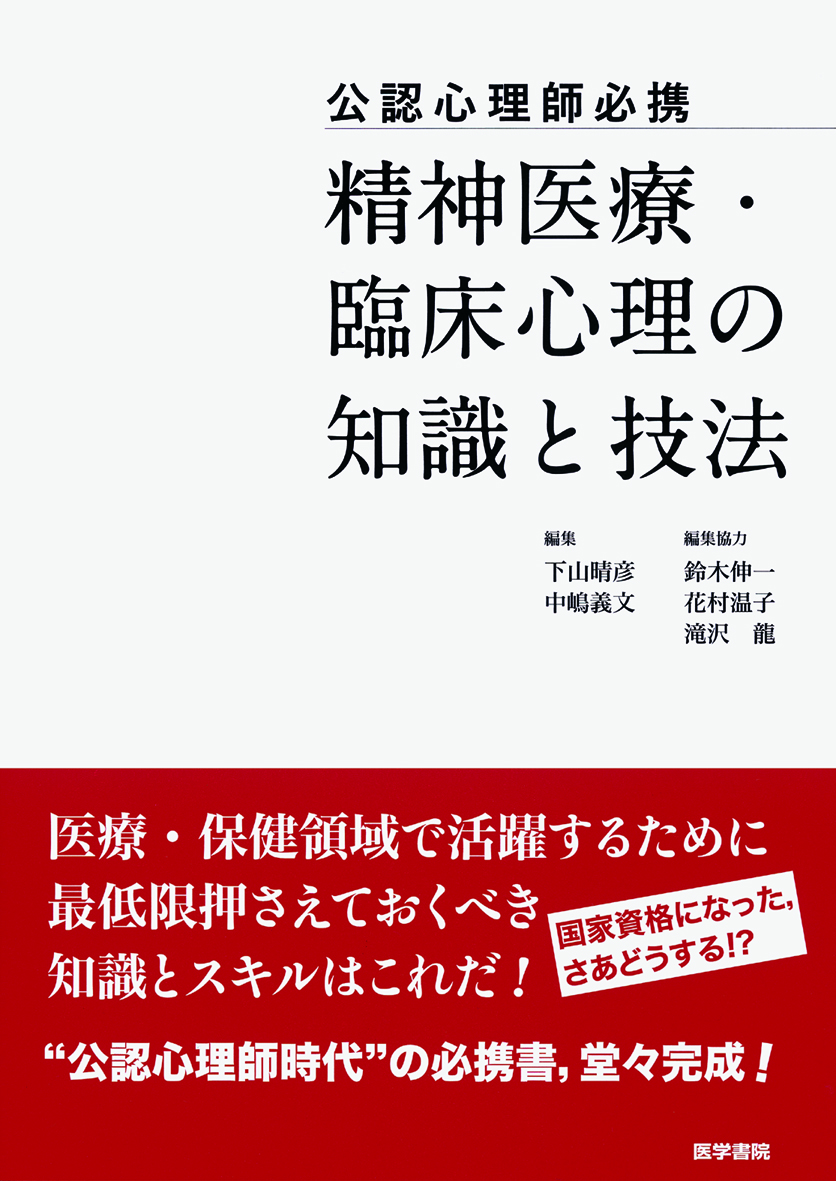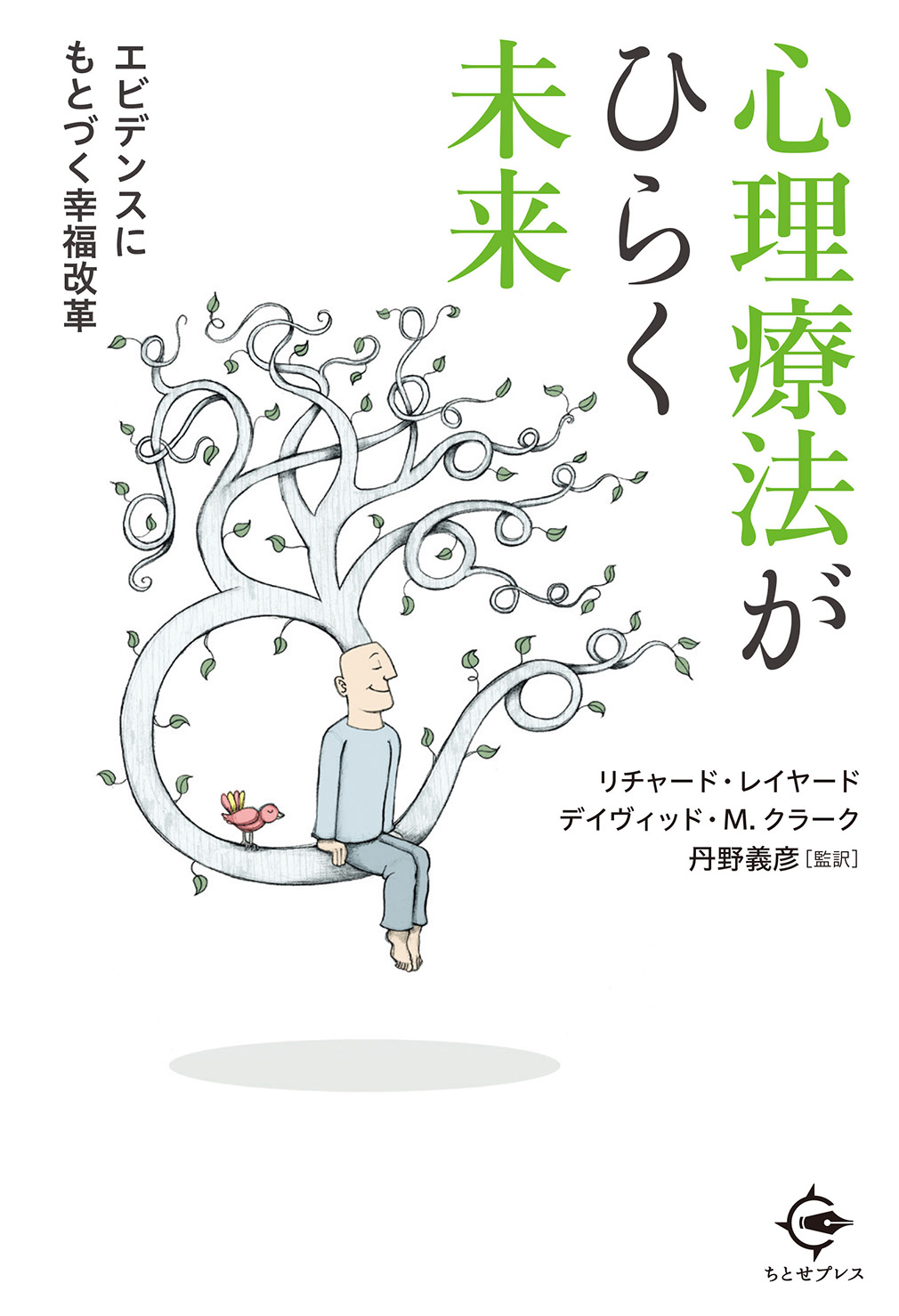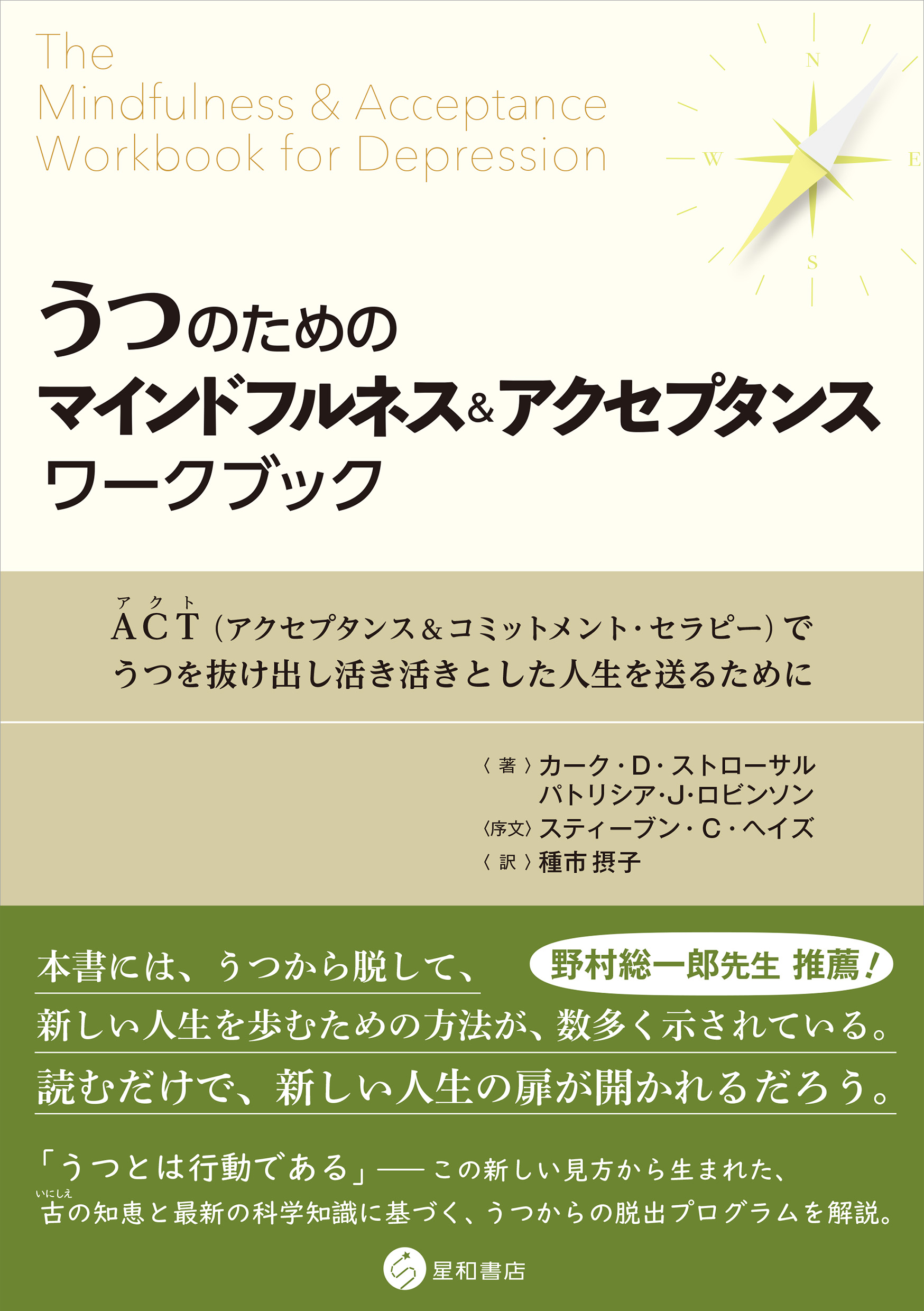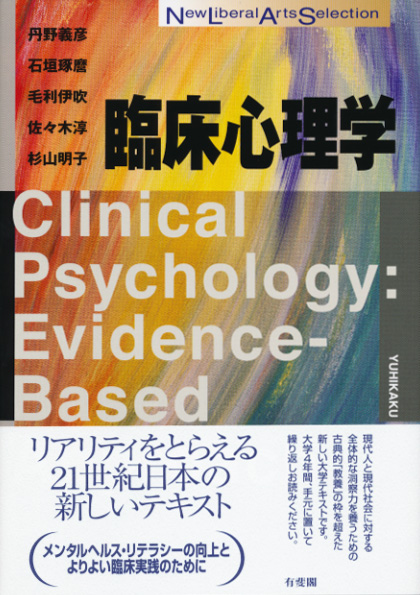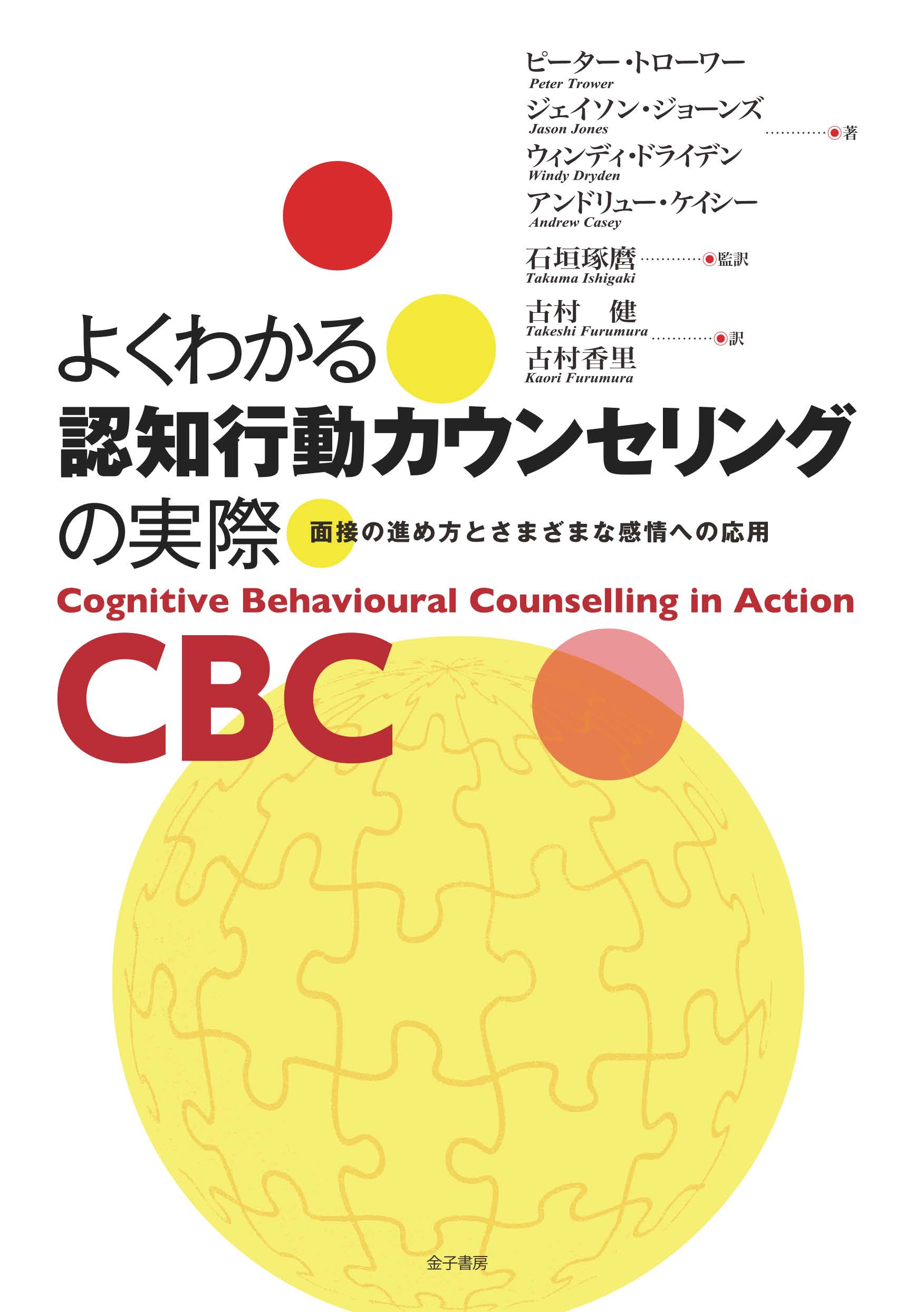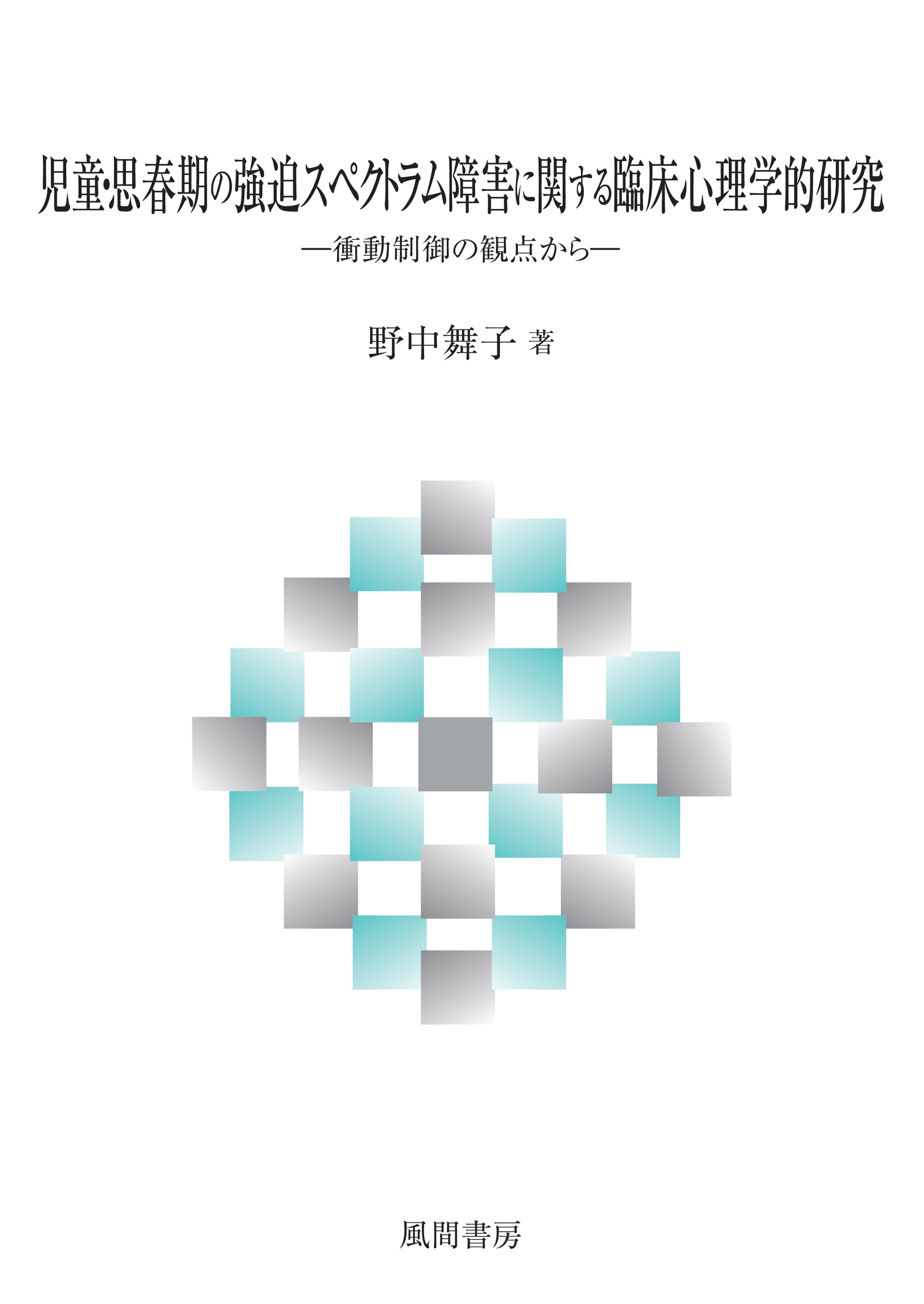
Title
Jidou, Shishunki no Kyohaku-Spectrum-Shogai ni kansuru Rinsho-Shinrigaku-teki-Kenkyu (Clinical Psychological Research Concerning OCSD among Children and Adolescents – Focusing on Controlling Impulsivity)
Size
256 pages, A5 format
Language
Japanese
Released
January 15, 2018
ISBN
978-4-7599-2200-4
Published by
Kazamashobo
Book Info
See Book Availability at Library
Jidou, Shishunki no Kyohaku-Spectrum-Shogai ni kansuru Rinsho-Shinrigaku-teki-Kenkyu
Japanese Page
When you ride a train and grab a hanging strap, you might worry about germs. At a pedestrian crossing, you might wonder if a car will fail to stop. Such thoughts compel many of us to take precautionary actions. After touching the strap, you naturally want to wash your hands. When you worry about cars not stopping, you instinctively look both ways. Such precautionary responses are an essential part of daily life. However, for some people, these thoughts and responses become so uncontrollable that they interfere with daily life and cause severe distress. Such people may have obsessive-compulsive disorder (OCD).
OCD was once classified as an anxiety disorder. However, the diagnostic concept of OCD has recently changed. It is now classified as one of a group of psychiatric disorders in which the person experiences recurring thoughts or impulses (obsessions) and performs repetitive actions (compulsions) in a bid to stop the obsessions. Some researchers describe this set of disorders as “obsessive-compulsive spectrum disorders (OCSD)” on the premise that the disorders are distributed across a continuous spectrum with compulsivity at one end and impulsivity at the other.
OCSD is the focus of this book. The author discusses, from multiple perspectives, how to help OCSD patients who struggle to control their impulsions. She focuses in particular on two spectrum disorders: OCD and tic disorders. In each case, the author describes the symptoms, cognitive-behavioral approaches to treatment, and outcomes.
This book is distinctive in that the author examines the psychosocial forms of support for patients with Tourette syndrome (chronic tic disorder), and then examines how to apply the findings to OCSD. Tourette syndrome is a condition that causes tics (repetitive movements and sounds), typically appearing during childhood. The criteria for diagnosing the condition include the presence of multiple motor tics and one or more vocal tics that occur repeatedly for more than a year. Although classified as a developmental disorder, Tourette syndrome involves compulsivity and impulsivity. In Japan, Tourette syndrome is typically treated using drug therapy and psychoeducation, but Western countries have demonstrated the effectiveness of cognitive behavioral therapy. The author examines such practices and exploratory outcomes. She then derives possible approaches for supporting OCSD cases for whom existing therapies have not proven effective. Referring to a survey she conducted among a broad sample of families and schools, the author discusses how psychologists can help solve the problems that patients and their families experience.
The contents of this book are based on the author’s own doctoral thesis, so readers who are interested in clinical psychology research will find it a valuable resource for understanding the various forms of practice-based research.
(Written by Maiko Nonaka, Lecturer, Graduate School of Education / 2018)



 Find a book
Find a book


